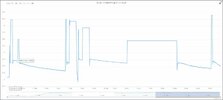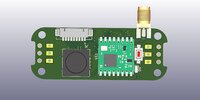bobcat
Active Member
- Joined
- Dec 21, 2016
- Messages
- 93
- Reaction score
- 112
- Country
- United States
The level of entitlement in this one is beyond my comprehension.if someone took a proto board pcb and put in a couple zener diodes and whatever resistors, to cut the power the dashcam from the battery, if the battery dropped to say 12.4 v to keep the car's 12v battery from dropping below require voltage to run the car. I don't need all of these other power hungry circuits people are making.
You sir, sound like I've been knocking on your door the whole morning, trying to sell you this product, when in reality:
a) You have no idea what my project is about and how it works (reading page 1 is a good starting point)
b) You have no idea what HK kit does in general and how voltage conversion works in them - I would have not pointed this out if you did not make a very false statement (hint: these circuits don't drain power and are extremely efficient!)
c) Go ahead and make something out of a couple of zeners and resistors (honestly I have no idea what you could make out of those and what does "cut the power" to dashcam mean!?), but at a minimum, you'd burn those zeners (I don't want to think what would happen to your car).
d) if your camera worked for 4 days straight hardwired to battery:
d.1) That's darn great! Your car has a nice battery capacity!
d.2) You messed up HK installation, since the ACC Low-voltage Cut-off did not trigger - most likely your ACC wired to something other then "power on ignition" source.
Last edited:




